Structural strength and fitness has a big impact on cycling performance. Benefit from someone else’s experience. Last issue I explained, by way of example, how a rider’s bike position can be affected through changes in equipment over time. This article, again by way of example, will attempt to illustrate the positional changes that may need to occur through changes to the structure and function, both good and bad, of the rider concerned.
Meet Andrew
Our example this time is Andrew Murrie. I first met Andrew after he was referred to me by Colleen Kent, an osteopath. His major concerns were a long history of calf strains, particularly the left one, numb feet on the bike, and a recent history of sciatica, also on the bike. A month prior to our meeting he had completed the Foster Half Ironman with some difficulty. As he had nine half Ironman races and one Ironman race under his belt prior to this without trouble, the problems in his recent race are what had led him to Colleen and indirectly to me. Andrew is 179 cm tall and weighs 73.5 kg. He is unusually broad shouldered for his height and weight. Other than that, he is proportionally as close to the mythical average person of his size as you could find. Shoulder width aside, everything about his proportional make up is unexceptional.
Structure is another matter however. While not bitter, he was certainly twisted. At ease he was bearing 3 kg more weight on his right leg than his left. His right iliac crest (top of pelvis) was 15 mm higher than his left and right shoulder 20 mm higher than the left side. He had an increased lumbar lordosis (hollow lower back). His right shoulder was twisted noticeably further forward than the left and the right hip massively so.
His hamstring flexibility was above average, particularly for a triathlete training for Ironman. In fact lower back aside, his flexibility was generally above average (the average in our society is not good), however his right side hip flexors were much tighter than the left side and his right gluteus medius (a stabiliser of the gluteus maximus) was weak. Typically this can cause the right knee to roll inwards whilst pedalling on the downstroke.
Hidden Problems
A few things didn’t quite add up. Normally if someone has been as twisted as Andrew for some years then signs of this are present in their feet. This is not the case with Andrew so I started asking questions. Moreover, Andrew, while not wonderful functionally, was better than I would expect from someone who displayed the structural asymmetries he did.
It turns out that Andrew had a severe impact with an open car door some weeks before his unsatisfactory half Ironman race. This is the likely cause of his immediate problems. The other thing that stood out is that his lower jaw did not sit square with his upper jaw. He had orthodontic work and four teeth extracted as a teenager. Now the brain is the body’s central processing unit, the closer to the brain that there is any skeletal malalignment and consequent muscular compensations, the greater the potential for the effects of this to cascade through the body. I am no expert in these matters, but I did refer Andrew to Chiropractic Works, where in conjunction with an orthopaedic dentist, they specialise in this type of problem.
Initial Solutions
On the bike, Andrew’s position is fairly ordinary. The seat was slightly too far forward, cleat position way too far forward and handle bars and aero bars much too low and far away. The seat was too low and Andrew was hanging off the seat to the right with his right side twisted forward, much as when he stood.
Priority one was to raise the seat 13 mm, twist the nose of the seat to the right, and move the seat back 11 mm. These changes largely squared up Andrew’s pelvis on the seat and changed his Ciocc frame’s seat angle from 75 to an effective 74.
Andrew’s seat had been too low for too long. His ball of the foot is over the pedal axle. Observation suggests to me that a combination of the high heel lift last of his Carnac shoes, the exaggerated heel dropping pedalling technique brought on by the low seat height and the poor cleat position was the cause of his calf problems. The left side was made worse by his asymmetric way of sitting on the bike.
The numbness of the toes I tackled by fitting a metatarsal post either side of the point where the numbness pain originated from. More was needed on the left side than the right. I moved his cleats back 10 mm on the right side and 11 mm on the left side. Now he is smoother and much more controlled, but while the asymmetric way of sitting on the bike was much improved by twisting the seat, he was not 100%. He was still favouring the right side slightly. The short to medium term solution was to fit a 2.5 mm spacer under his left cleat and a medial lift under his insole. As for the bars, I raised them 56 mm, fitted a shorter stem and shortened up his aero bars.
Function Over Form
Most people I see spend a lot of time increasing muscular strength and cardiovascular efficiency. This is their idea of fitness. Most neglect function. This is a poor choice as if you have superior function, the other two measures of fitness are relatively easy to acquire. The athlete can then recover more quickly from a given training load and be less prone to injury. I pass this message on strongly to everyone who seeks my help. All listen, few get off their backsides and act. Andrew did.
However, his quest for better structural fitness was cut short six weeks before the Foster Ironman by a severe crash, at speed, on the bike. This left him generally bruised and battered and with a decent size hole just below the left knee. The result of this was four weeks off and then extremely limited training for two weeks before the race.
A week or two before Foster we made a few major changes. Andrew had still not recovered and was not in shape to do the race. Given that entry fees had been paid and accommodation booked and paid for, he thought he may as well have a go. To limit the aches, pains and bruises that he still had, I raised his bars another 42 mm and shortened his stem 30 mm. With this position he got through the Ironman in reasonable shape but did not push himself.
Post race Andrew decided to make structural and functional improvement his major goal and only do light training in his swimming, riding and running until he significantly improved.
Four to five months passed, during which time Andrew was fitted with a bite splint from Tony Ancell to correct his lower jaw, he had cranial manipulation at Chiropractic Works and was referred on by them to Sports Lab for a physiotherapist guided and assisted stretching and core strength programme. As well as this Andrew took up yoga.
I caught up with Andrew at that time. He told me that the bike position had gone from feeling comfortable and relaxed to cramped and squashed. We got together and I was pleasantly surprised at the huge improvement in his function and bilateral symmetry. He had improved so much that he no longer presented as moderately tight and notably twisted bike rider but as a flexible, functional and much more symmetrical bike rider.
Functional Improvements
I dropped his bars 58 mm, fitted a stem 75 mm longer and raised his seat 10 mm and moved it 10 mm further back. Andrew now had a seat height 23 mm higher than on his first visit, a seat setback of 20 mm more and a seat nose to handlebar distance increase of 51 mm! This resulted in a much flatter back to a degree that would have been impossibly beyond him on his first visit.
Additionally I removed the 2.5 mm spacer from under the left cleat and moved it to the right cleat, Andrew was only struggling with his left leg due to his excessive ‘hang to the right’ way of sitting on the seat. Packing up the left leg, as mentioned before, is only a short-term measure-long term it exaggerates the asymmetry, short term it relieves pain.
Now Andrew sits much more square, although the right side is still that little bit tighter, hence the need for the packer. If his progress continues I will eventually remove it altogether.
Andrew now tells me that the increase in function and bilateral symmetry means that he is performing much better on the bike and even more so in swimming and running. On a bike you can force people to bear their weight a particular way or use their limbs through particular arcs of movement by making positional and equipment changes. In the pool though, it is just your mechanical make up and a pair of goggles and similarly, running is just you and a pair of shoes.
Andrew is good example of what can be achieved with the resolve to improve function. He was prepared to take four to five months out of his sport to gain a long term ability to perform significantly better. This is the message of this article. If you want to reach your potential as a bike rider, make achieving ‘adequate’ neuromuscular function a priority. ‘Adequate’, by the way, in our society means ‘significantly above average’, but only because the average is so poor. If you seek out the knowledge and the people to help you, you will improve.
To those that attempt this, I wish you well. A good self help book is ‘Strong to the Core’ by Lisa Westlake and available from ABC shops. To those that cannot be bothered because they can’t find the time in their busy training schedules to get their priorities right, best of luck anyway.

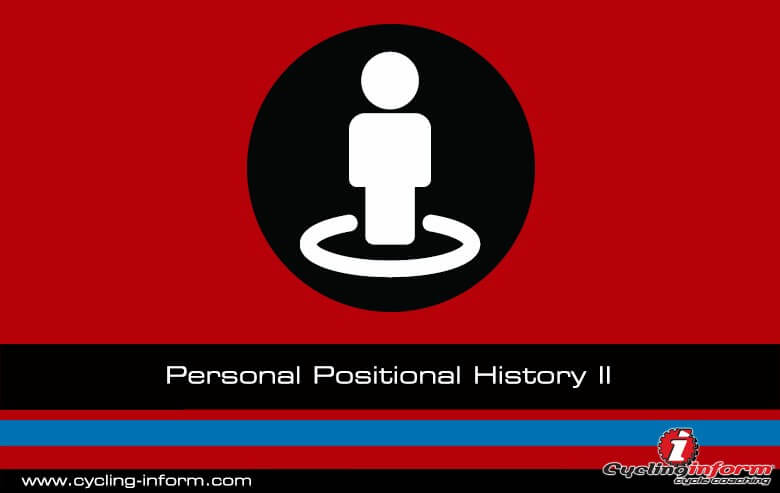
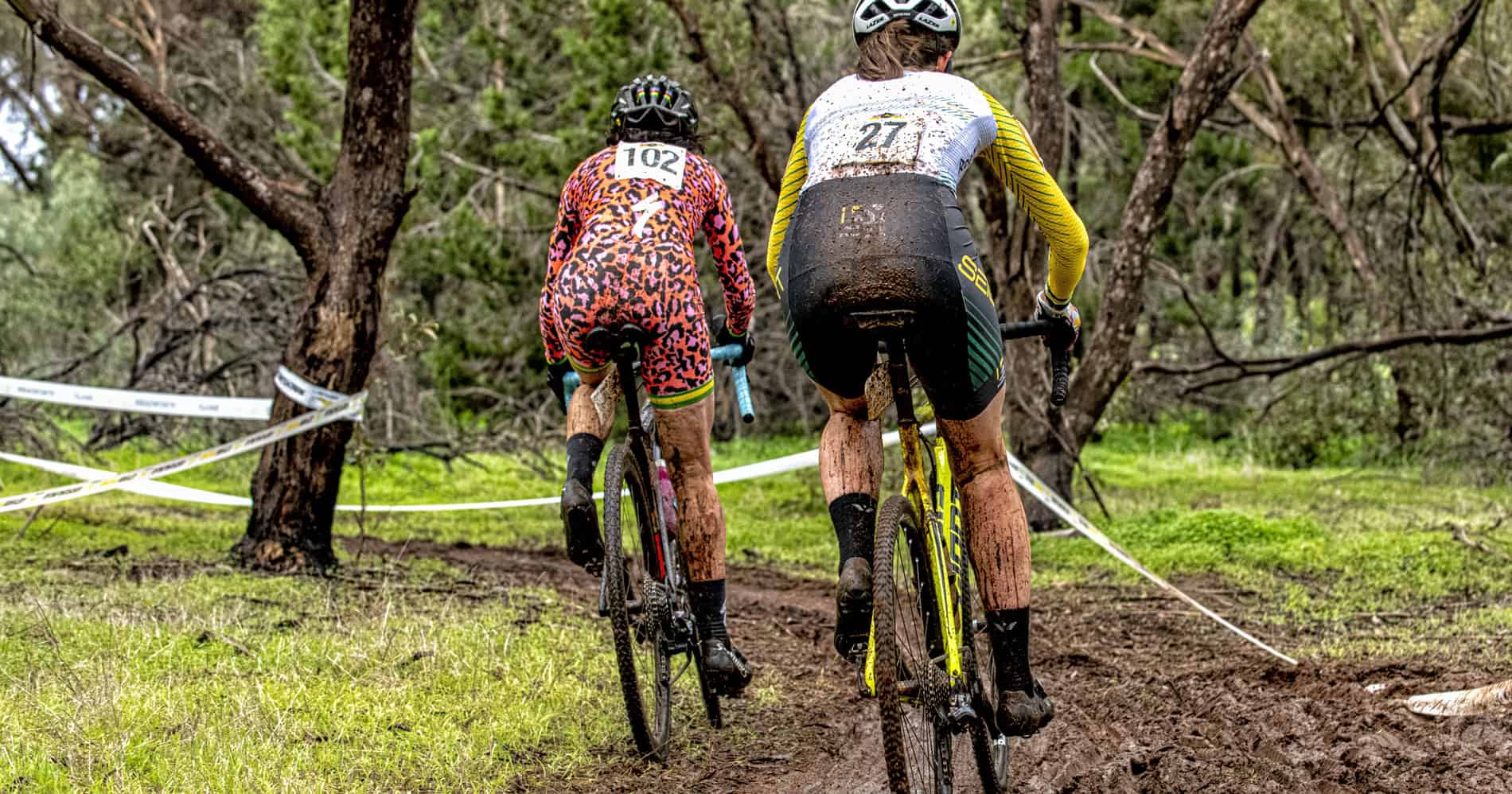
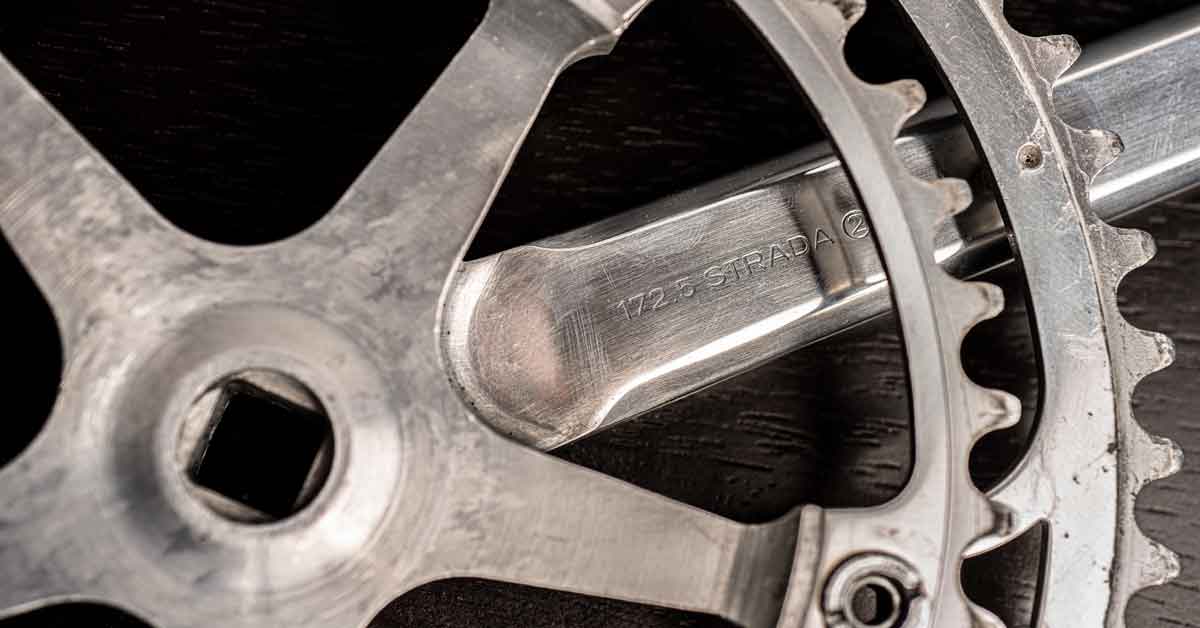
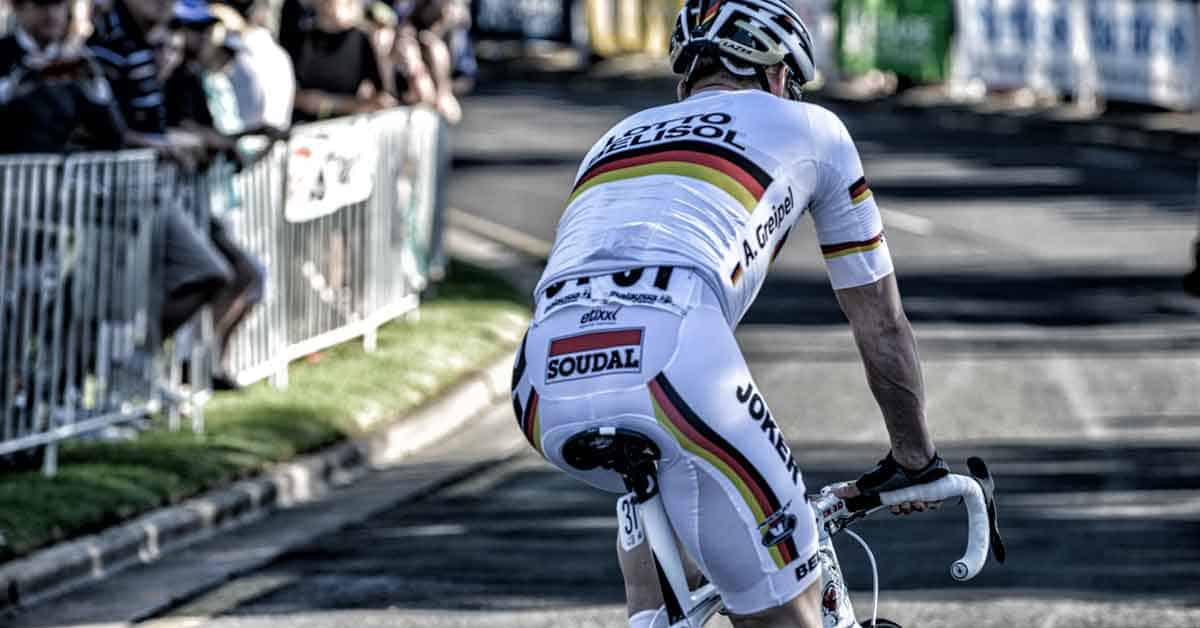
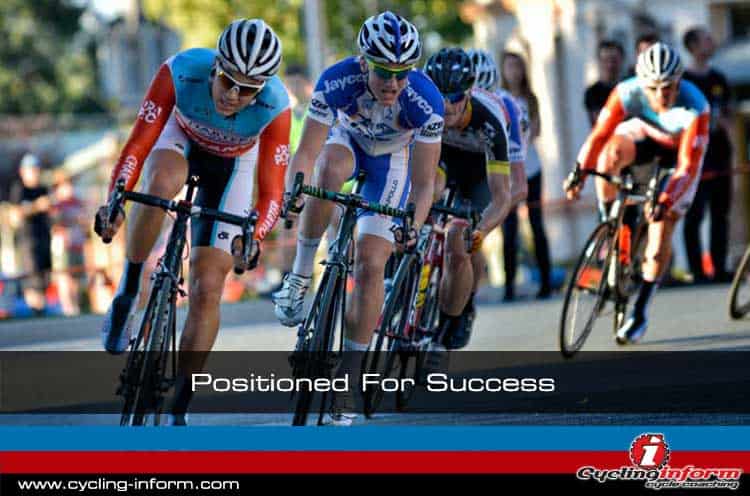
Leave A Comment